May 24, 2025 | 16:23 GMT +7
May 24, 2025 | 16:23 GMT +7
Hotline: 0913.378.918
May 24, 2025 | 16:23 GMT +7
Hotline: 0913.378.918
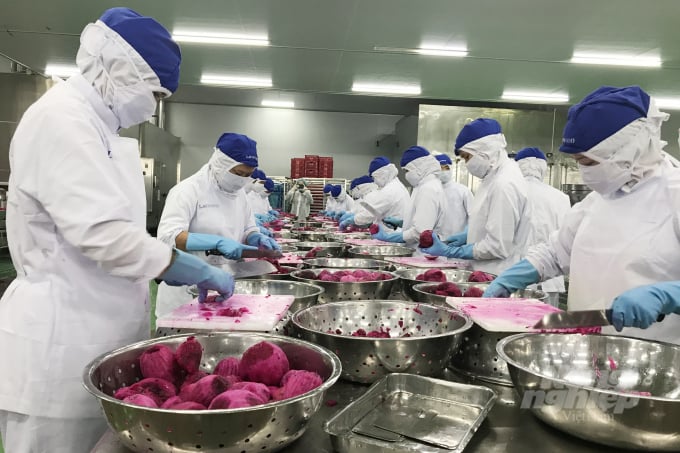
Fruit and vegetable exporters are now shifting to processed products rather than fresh ones. Photo: Thanh Son.
According to the Industry and Trade Information Centre under the Ministry of Industry and Trade, the COVID-19 pandemic is assumed not to negatively affect the global processed vegetables and fruits industry. In contrast, the supply of processed fruits and vegetables increased as exports of fresh or frozen products decreased, forcing producers to shift to processing.
According to the International Trade Center (ITC), the exports of products from vegetables, fruits, nuts or other plant parts in the world during the period 2016-2020 grew on average 2 per cent per year, from $59 billion in 2016 to $63.75 billion in 2020.
Due to busy lifestyles, consumers in many countries find processed fruit and vegetable products as a solution to save time while they can still get additional energy for the body. Therefore, the global processed fruit and vegetable market is expected to grow at an average growth rate of 7 per cent yearly in the period 2020–2027.
Vietnam is currently the world’s 9th largest exporter of vegetables, fruit, nut or other plant parts. In the period 2016-2020, Vietnam’s exports of processed fruits and vegetables grew 22.15 per cent yearly from $424.17 million in 2016 to $929.78 million in 2020. The share of Vietnam's exports of processed vegetables, fruits, nuts or other plant parts in the total world’s increased from 0.72 per cent in 2016 to 1.46 per cent in 2020.
According to the General Department of Customs, in the period 2016-2020, Vietnam's processed fruit and vegetable exports grew at double-digit rates. Notably, Vietnam's processed fruit and vegetable exports in 2019 increased by 41.2 per cent compared to that of 2018.
In 2020, the exports increased by 11.1 per cent compared to that of 2019.
In the first nine months of 2021, due to logistics difficulties, while the preservation of fresh fruits and vegetables in Vietnam was still limited, many businesses have successfully boosted the exports of processed products.
Specifically, the export of processed fruits and vegetables in September 2021 reached US$65.42 million, up 13.7 per cent compared to that in September 2020.
In the first nine months of 2021, the export turnover of processed vegetables and fruits reached $653.5 million, up 16 per cent over the same period in 2020.

Increased exports of processed fruits and vegetables help reduce pressure for fresh fruit/vegetable consumption. Photo: Son Trang.
The main export markets of Vietnam's processed fruits and vegetables include China, the US, Japan, Korea, Russia and Australia.
Especially, as facing difficulties in exporting fresh vegetables and fruits to China – the largest fruit/vegetable importer of Vietnam, many businesses have successfully switched to processed fruit and vegetable products.
In the first nine months of this year, Vietnam's export of processed fruit and vegetables to China grew by 24.8 per cent over the same period in 2020.
In addition, the exports of processed fruits and vegetables to some major markets grew at double-digit rates such as the US, Japan, Russia, Australia, and India.
In general, Vietnam's fruit and vegetable industry has been quite successful when increasing exports to markets that could import large volumes of products but have strict requirements on product quality and diversity.
According to the Ministry of Industry and Trade, with the achievements made last year and the first nine months of 2021, Vietnam's fruit and vegetable industry has had a quite successful transition into the processing segment of dried products or canned juices.
When shifting to export processed products, Vietnam could get better prices of vegetables and fruits as the processed products are three or four times more expensive than the fresh products. Deep processed vegetables and fruits will be stored longer, which helped address the oversupply.
It is forecasted that in the remaining months of 2021 and the whole year of 2022, processed vegetables and fruits will be a product category with high growth potential.
Translated by Hien Anh
/2025/05/22/5250-1-184853_288.jpg)
(VAN) According to a representative from the Central Retail Vietnam, Vietnamese products such as seafood, sweet potatoes, dragon fruit, coffee, and spices hold great potential in the Thai market.
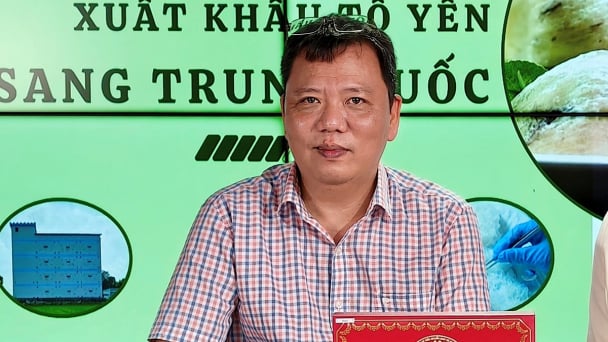
(VAN) A multi-channel, multi-directional strategy only works when the agricultural value chain meets global transparency and SPS standards.

(VAN) Market expansion is a matter of survival for Vietnamese businesses amid fierce competition and global supply chain fluctuations.
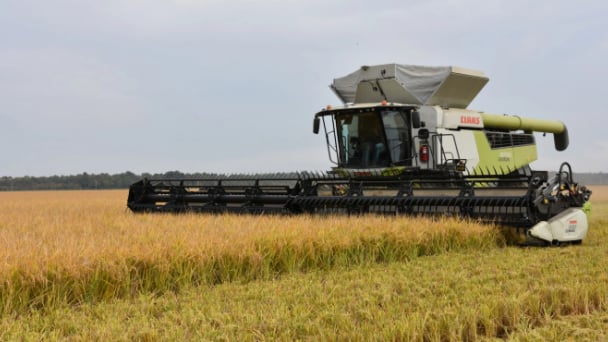
(VAN) Global market prospects for U.S. long-grain rice for the upcoming marketing year.
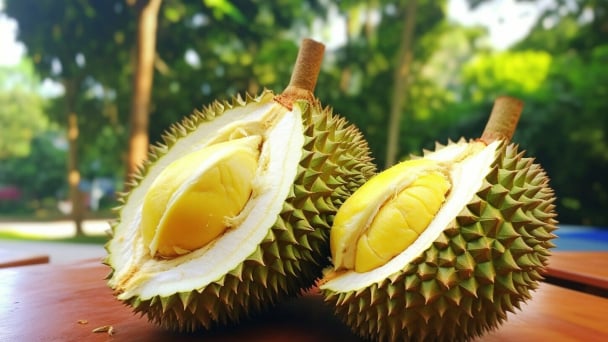
(VAN) China’s General Administration of Customs started permitting fresh durian shipments from Cambodia after a phytosanitary protocol was signed with the Cambodian Ministry of Agriculture in late April.
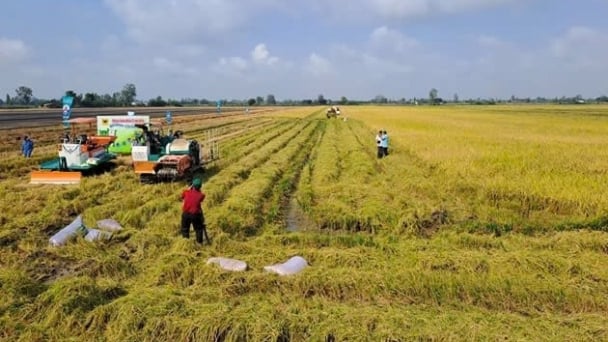
(VAN) To operate carbon market, one of the key issues is determining which types of 'commodities' meet the standards to be traded on the market.
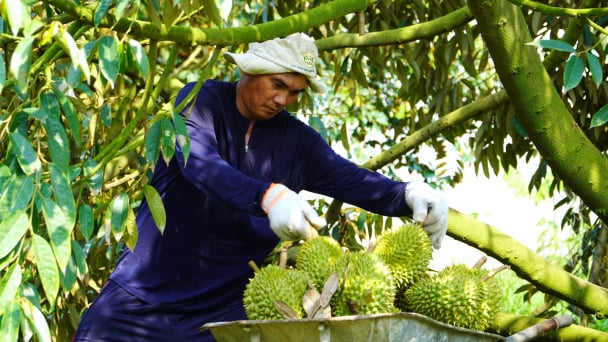
(VAN) Durian-producing localities need to coordinate more effectively with central authorities to improve the traceability, monitoring, and response systems in case of violations.